Before we get started with this review let me answer a few questions.
Why we started Gadget of the Month series ?
We recently started App of the Month Series to promote Nepali apps and startups and we got a very good response from everyone there. So, this series has been started to help the consumers get the best value for money gadget available in the market in a particular month.
Why we have chosen Redmi Note 9 Pro Max for this month?
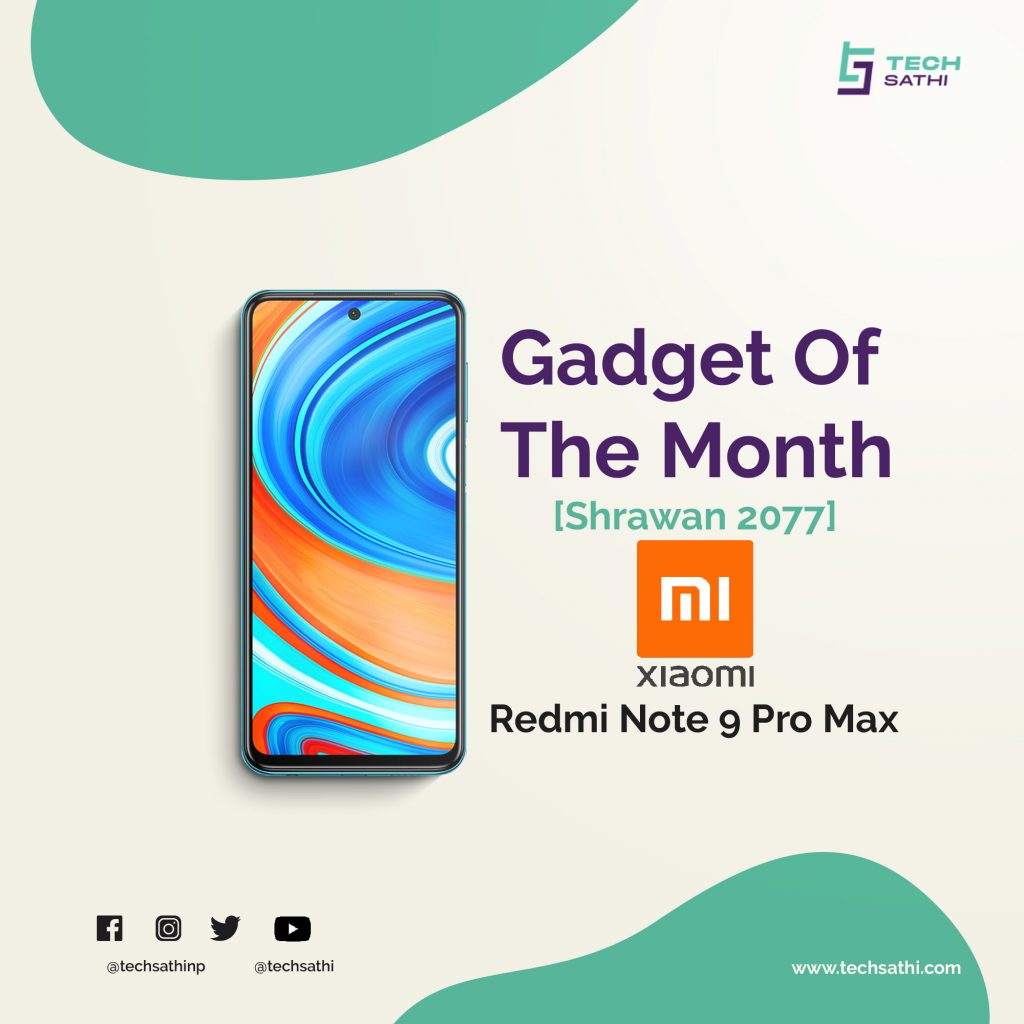
There are a lot of gadgets launched every month but we can’t deny the craze people have for new smartphone launches. Redmi Note series being Xiaomi’s best value-for-money smartphone lineup and the most sold and popular lineup among Nepalese consumers, we couldn’t ignore when Xiaomi Nepal launched the highest variant of its ninth generation this month i.e. the Redmi Note 9 Pro Max.
I have had the pleasure to use this smartphone for a couple of weeks and now I can finally reveal everything you need to know about it before you consider buying it.
Let us get started after a quick look at its specs.
Redmi Note 9 Pro Max Specifications
| Display | 6.67-inch 60Hz IPS LCD 2400×1080 (20:9) Gorilla Glass 5 |
| Dimensions | 166.9 x 76 x 8.8 mm 209g |
| Chipset | Snapdragon 720G 2 x 2.30GHz A76 6 x 1.80GHz A55 Adreno 618 8nm |
| RAM | 6GB/8GB |
| Storage | 128GB UFS 2.1 |
| Operating System | Android 10 MIUI 11 |
| Rear camera | 64MP Dual Pixel PDAF main with 4K at 30fps, 8MP wide-angle with 119-degree FoV, 5MP Macro Lens with 2cm to 10cm Focus, 2MP Portrait Lens |
| Front camera | 32MP, AI Beautify |
| Connectivity | Wi-Fi ac 2×2 MIMO, Bluetooth 5.0 NavIC, A-GPS, GLONASS |
| Audio | 3.5mm jack Single speaker |
| Battery | 5020mAh Non-removable |
| Charging | USB-C 2.0 33W |
| Security | Side-mounted fingerprint |
Redmi Note 9 Pro Max Price and Availability in Nepal:
| Variant | Price |
| 6GB + 128GB | Rs.31999 |
| 8GB + 128GB | Rs.34999 |
| Colors | Aurora Blue, Glacier White and Interstellar Black |
Redmi Note 9 Pro Max Full Review
The phone comes in three color options: Aurora Blue, White and, Interstellar Black. We have got the Aurora Blue one with a 6GB RAM + 128GB storage variant for the review.
Unboxing
The retail box includes the phone, a semi-transparent flexible plastic back case, a USB Type-C cable, 33W fast charger, user manual, and a SIM tray ejector pin. No earphones included.
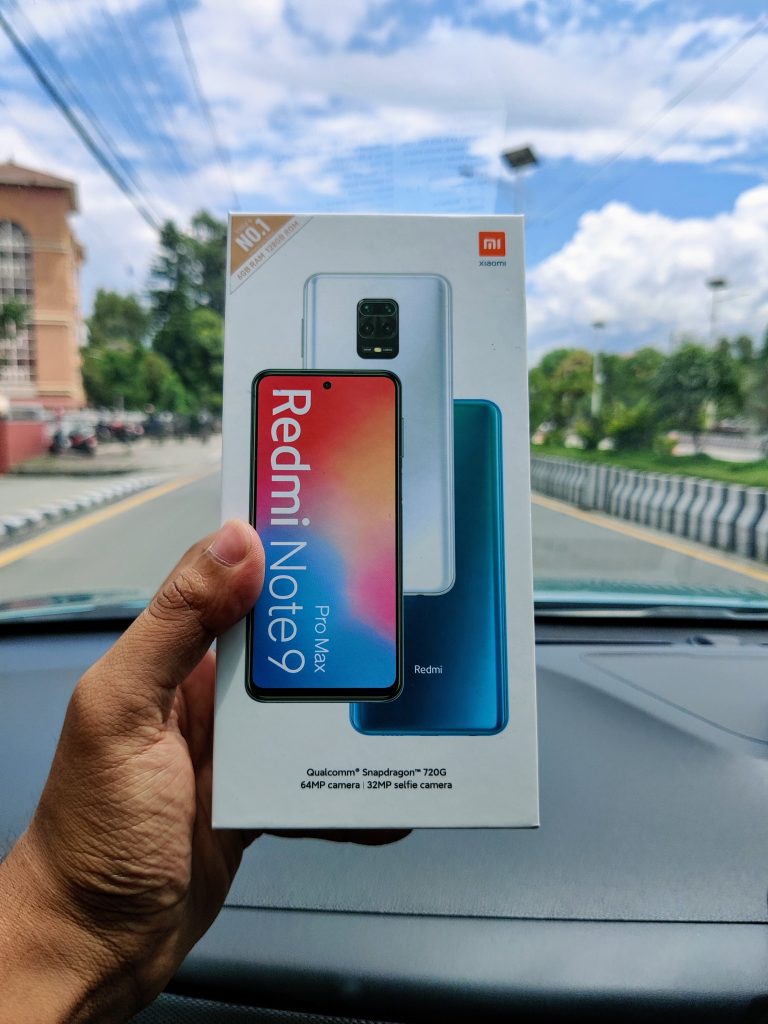
Design and Display
The design is not that new from the last generation except for the centered punch-hole selfie sensor on the front panel. The quad-camera sensors on the backrest on a square module with a LED flash below the sensors which lies in between the ’64MP CAMERA’ branding. The phone does wobble on a flat surface due to the camera bump. The back panel protected by Corning Gorilla Glass 5 has a clean mono-color glossy finish with a ‘Redmi’ logo at the bottom. The display is also protected the same with a 2.5D curved finish. The phone has curved edges with polycarbonate frames like all other mid-range smartphones. The bezels are very thin all on sides except for the chin.
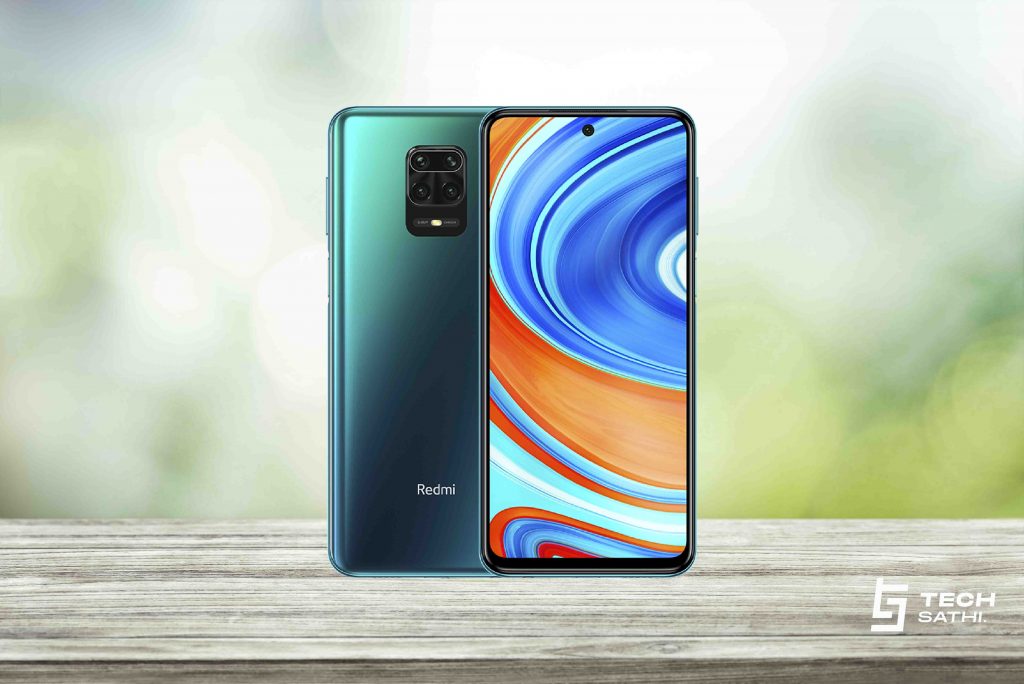
Since the display is a 6.67-inch IPS LCD screen instead of AMOLED, there is a physical fingerprint sensor on the right side of the phone just below the volume buttons. Even if you are new to this configuration, you will get used to it in no time. The left side has a triple-slot SIM tray for two nano-SIMs and one microSD card. The bottom has a USB Type-C port, single-downward firing loudspeaker grills, 3.5mm jack, and a microphone. The top has an IR blaster, a white notification LED, and another microphone for noise cancellation.
Extra Info: There have been leaks about different companies bringing in-display fingerprint sensors on LCD screens by 2021 since it is only possible on expensive OLED/AMOLED panels for now.
Though the display is not AMOLED, it is one of the best IPS LCD screens I have seen with a native resolution of 2400 x 1080 pixels. It has good color accuracy, brightness, clarity, and viewing angles with Widevine L1 support for streaming HD content on Netflix or Amazon Prime. But since the display has a taller 20:9 aspect ratio, you won’t be able to enjoy movies/videos in full screen as most of them are in 16:9 aspect ratio. Also, unlike its archnemesis Realme 6 Pro, it has the traditional 60Hz refresh rate which may be a deal-breaker for some people, especially gamers.
Software and Performance
The phone is powered by Snapdragon 720G and coupled with 6GB RAM even on the lowest variant, it can handle multitasking with ease and won’t hamper your daily usage at all. For gaming, it ran PUBG mobile on High settings by default without any stutter for hours. The phone does get a little warm after around 25 minutes but it isn’t that much of an issue. There is a dedicated Game Turbo mode to boost your gameplay by managing notification popups, improving Wi-Fi connection, auto RAM management, etc. It also shows CPU and GPU utilization percentage along with FPS while gaming but I found it rather misleading because the FPS on PUBG rarely dropped below 60 when it didn’t even feel like playing on 60FPS. Even though the display is not good for single-handed use, you will feel compensated for it while gaming or watching movies/videos. Also, I didn’t notice the haptic feedback improvement advertised by the company until I compared it side by side with some older smartphones.
Benchmark Results
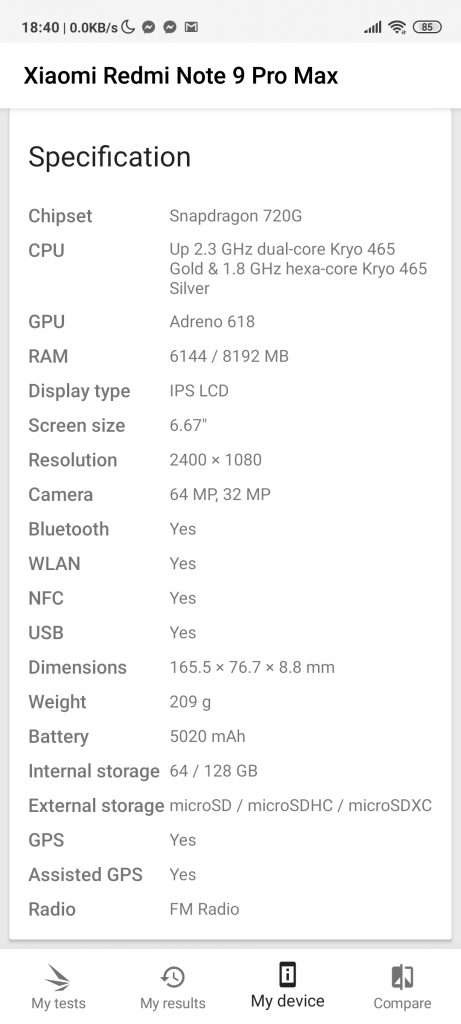
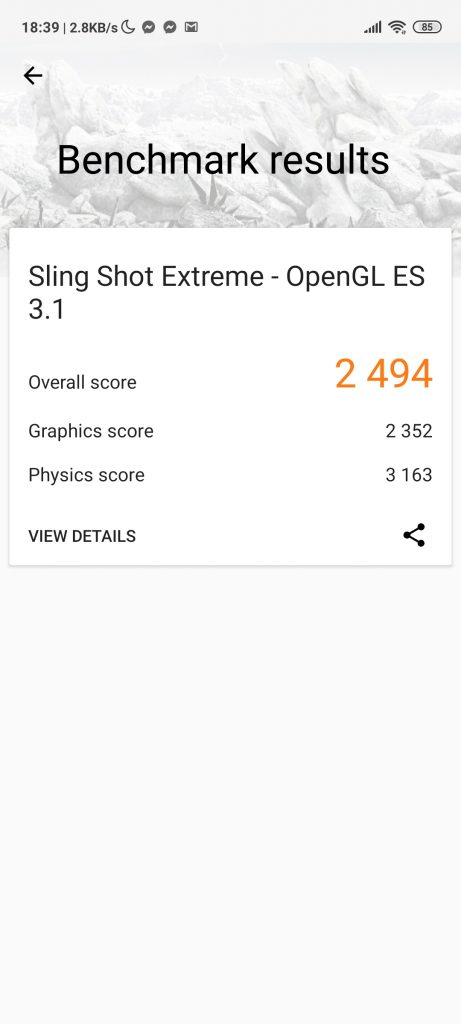
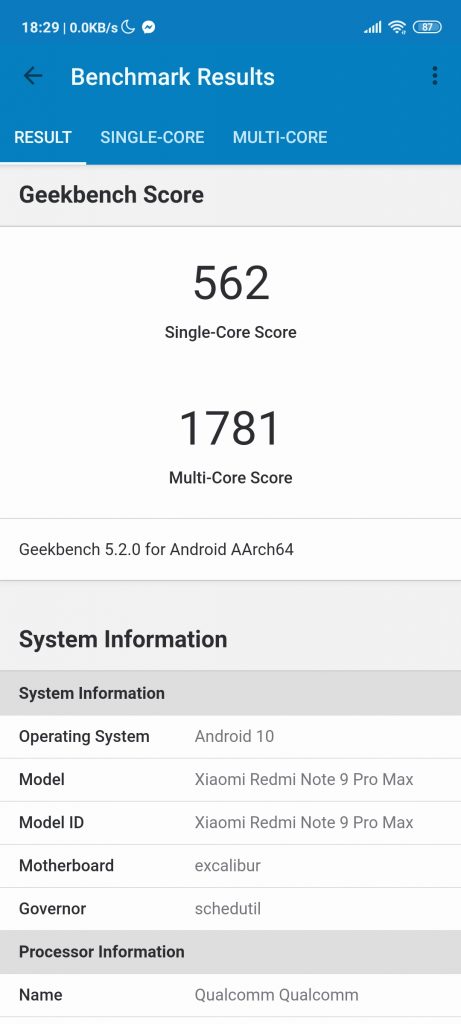
On the software front, my phone ran on the latest MIUI 11 on top of Android 10 with July 1, 2020 security patch. The light-weight and highly customizable UI runs pretty smoothly on the phone. I didn’t find any bugs to report during my two weeks of usage. The only issue I faced was with all the pre-installed bloatware apps, their random notification popups, and Ads everywhere. It was probably because I rushed with the installation process but once I got to tweak all the settings, I managed to fix the issue.
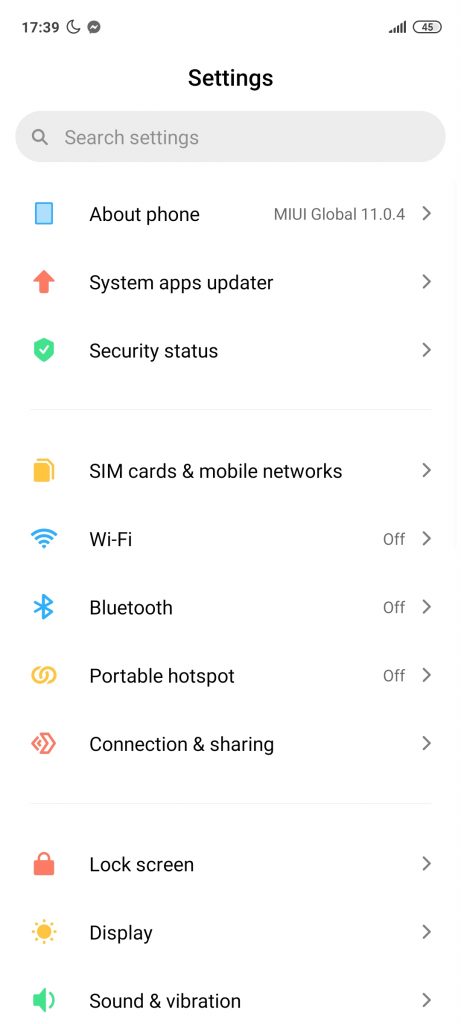
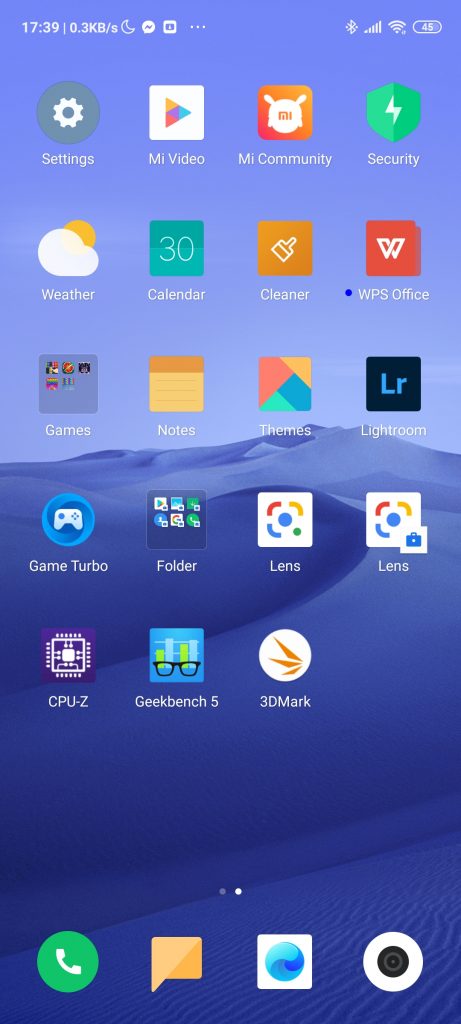
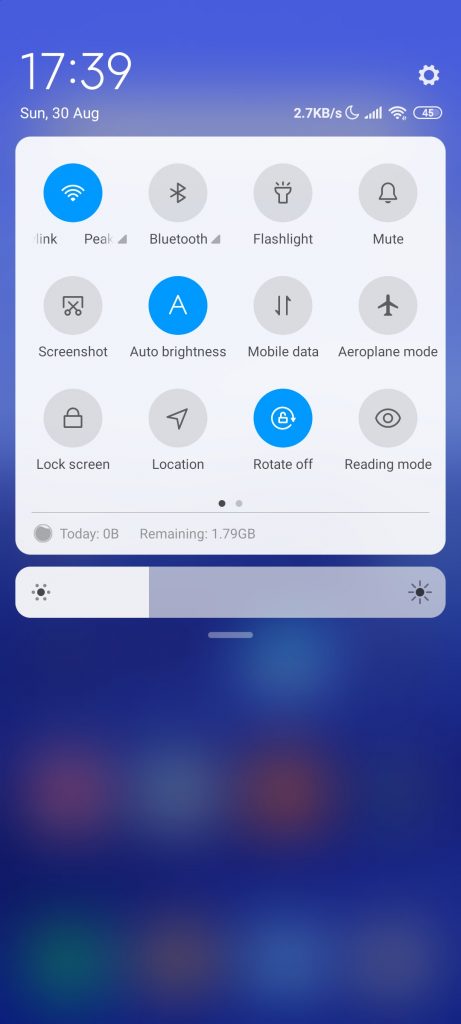
Camera
The quad-camera setup on the back includes a large 64MP f/1.9 main sensor with 0.8µm pixels, an 8MP f/2.2 ultra-wide sensor with 110-degree FOV, 5MP f/2.4 macro sensor and 2MP depth sensor.
The default camera app is the same as on any other Redmi smartphone. There is a dedicated 64MP mode because the normal pictures taken from the main sensor is pixel binned to 16MP. The usual Pro mode lets you tweak with the ISO, white balance, shutter speed, and focus.
In broad daylight, the 16MP pictures taken from the main sensor have great detail, color accuracy, dynamic range, and almost no noise. The HDR isn’t even needed most of the time. The sharpness is a tad bit high but not a problem. The standalone 64MP mode has slightly greater detail than the 16MP pictures but is the 40MB file even worth it? No. I would only recommend you use it if you need to zoom in/crop the picture later because the normal 2x zoom option from the camera app zooms into the 16MP picture and is much less detailed.
Camera Samples from 16 MP Sensor and Main Sensor
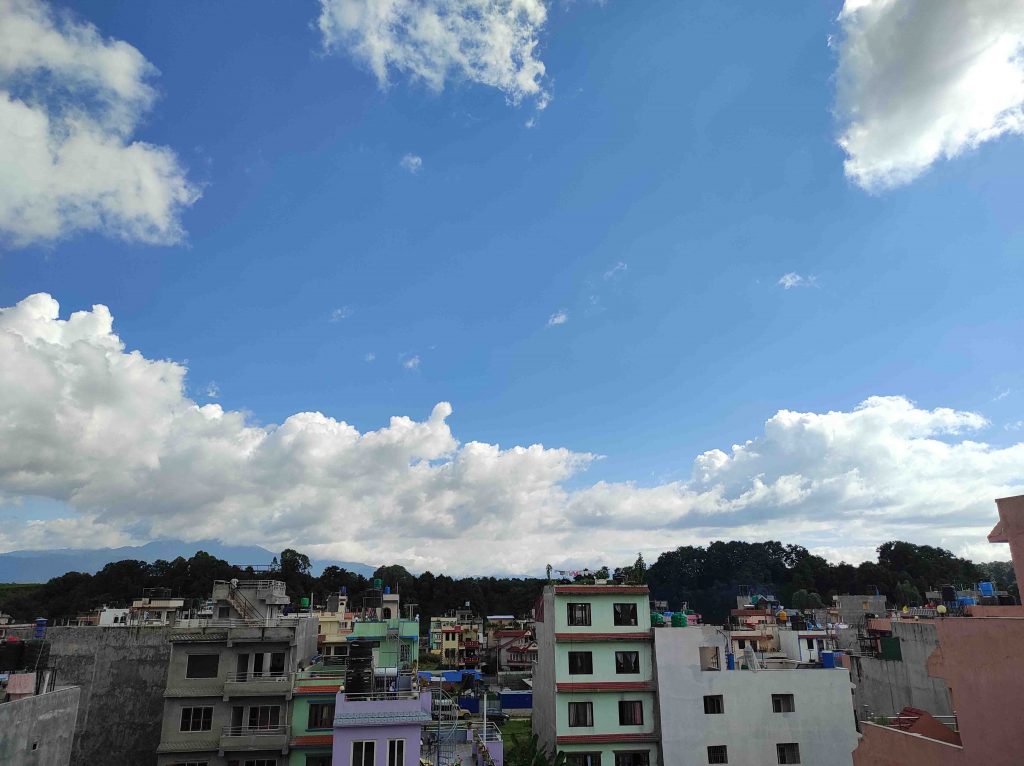
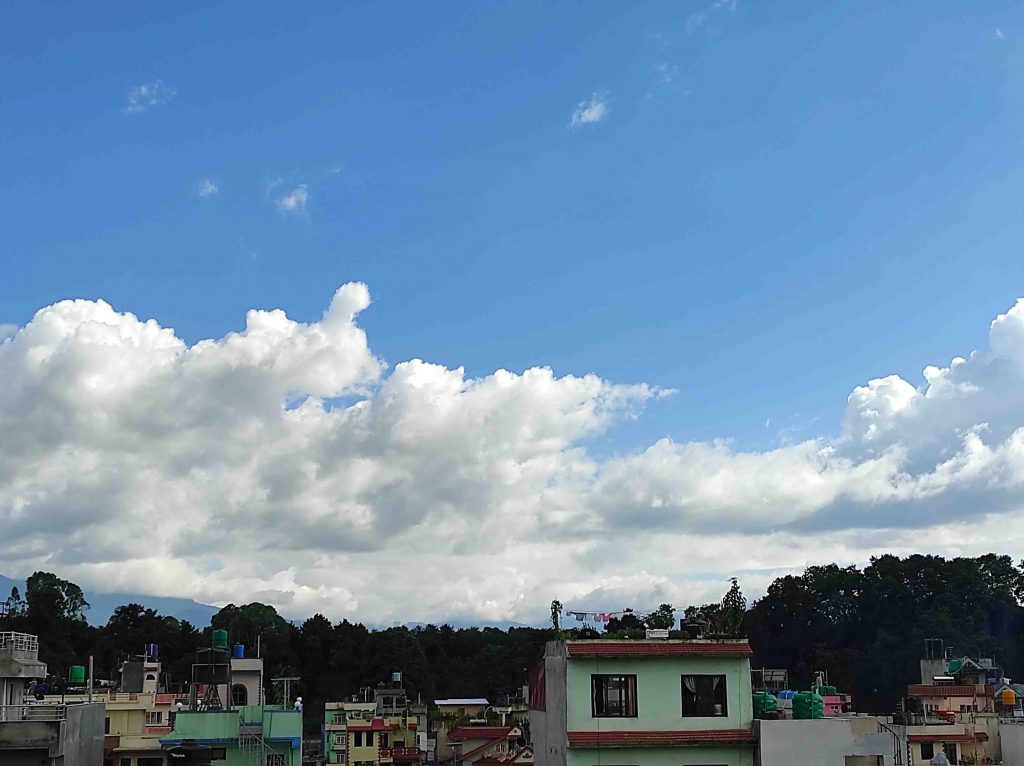
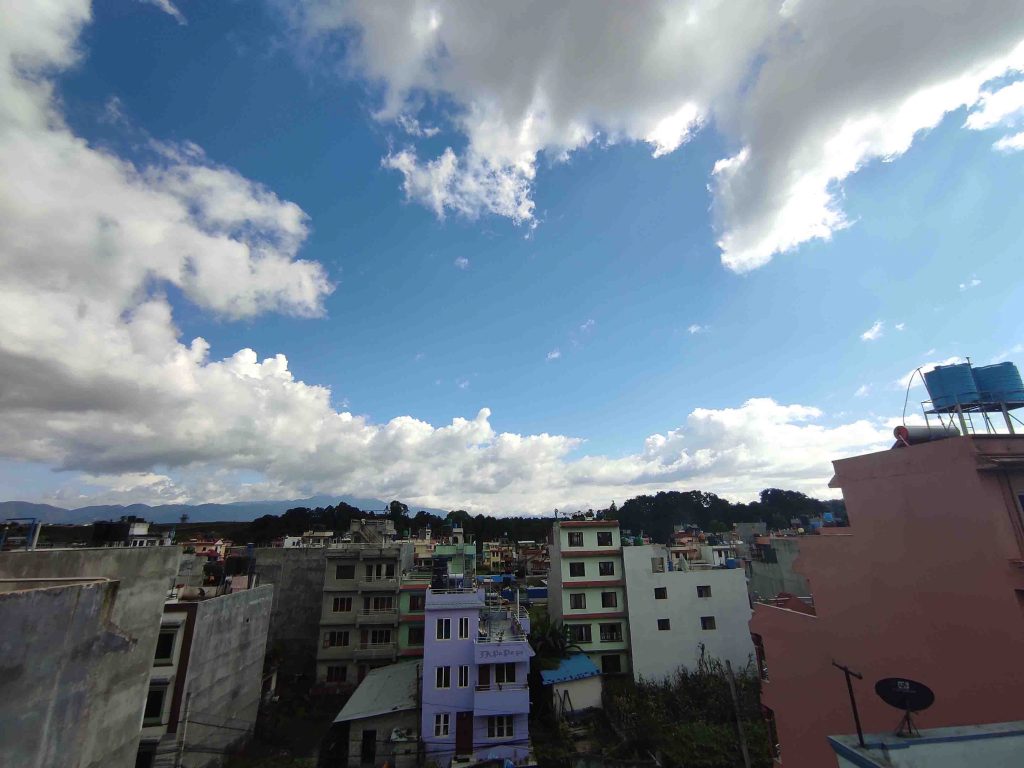
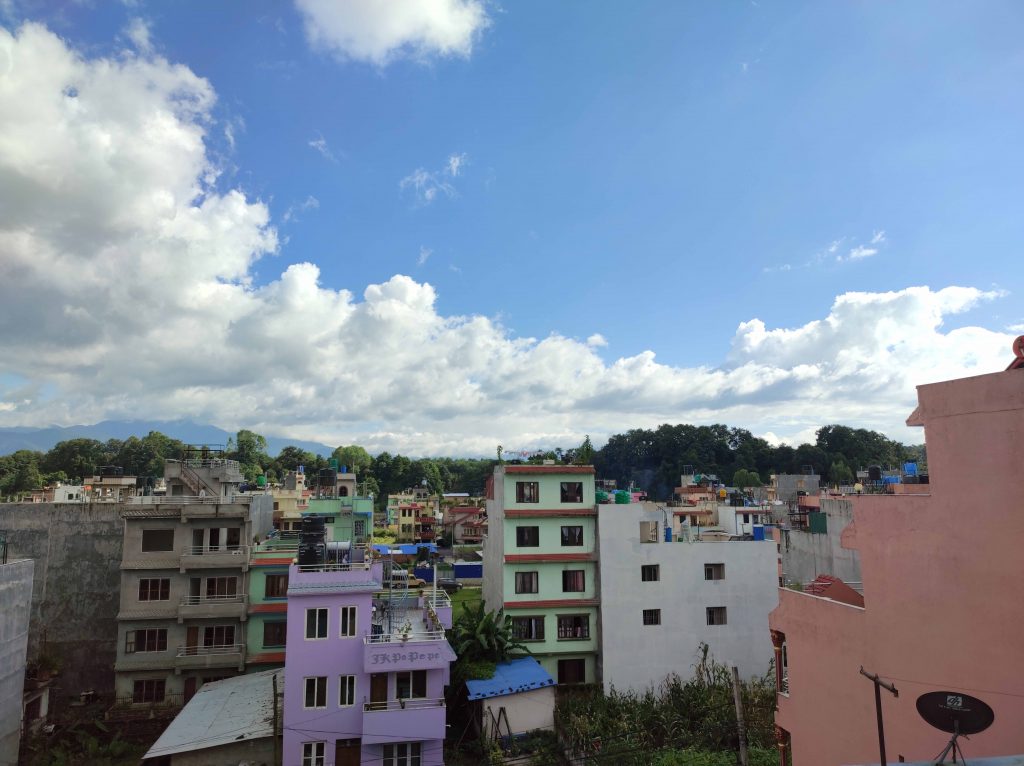
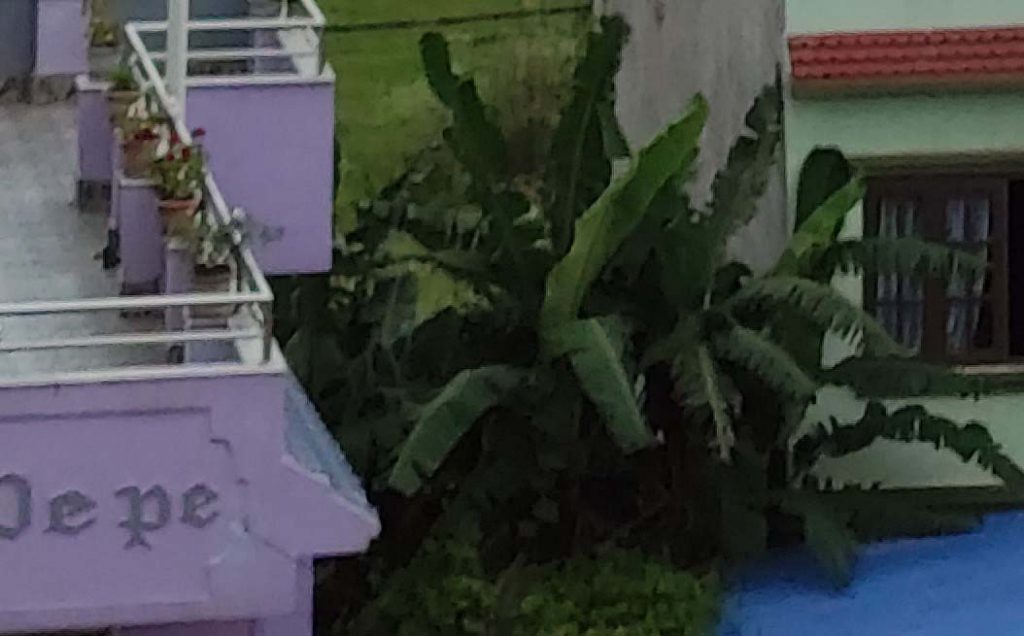
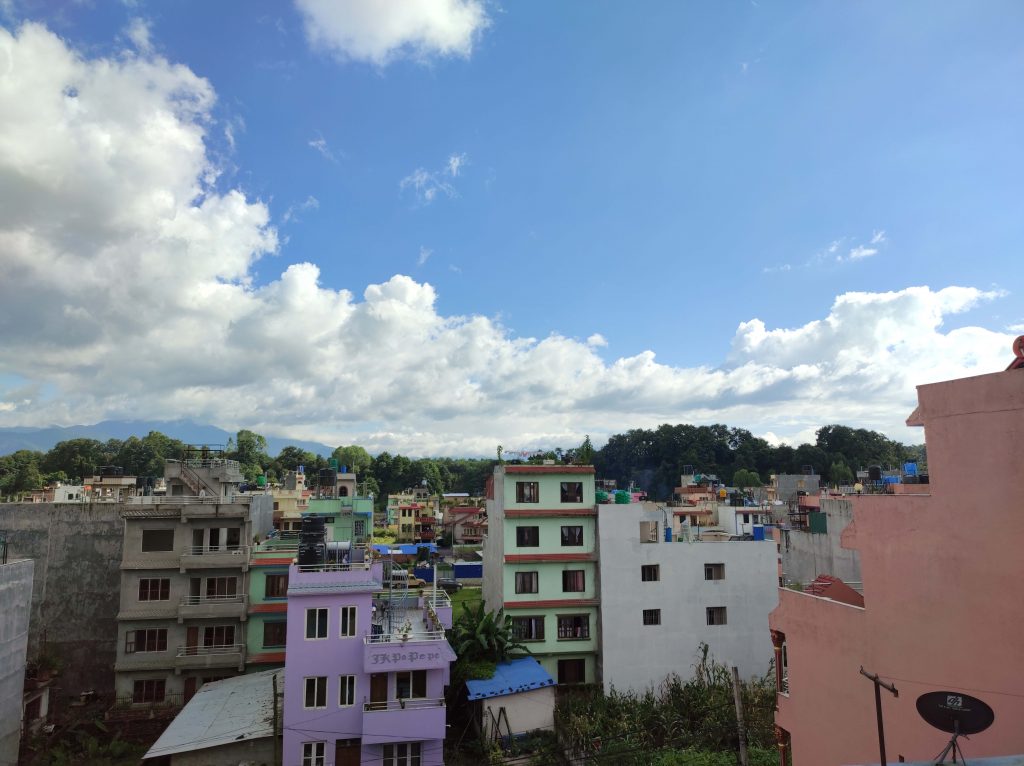
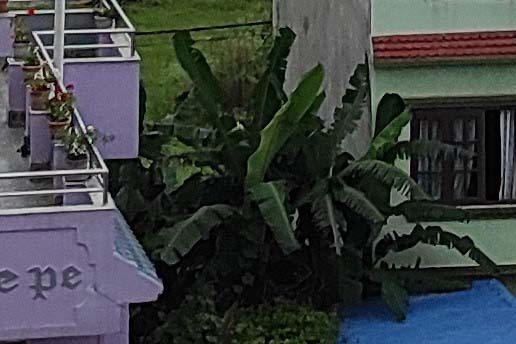
With automatic distortion correction, the ultra-wide pictures have decent clarity, contrast, and above-average dynamic range as expected from a mid-range smartphone. The 5MP macro sensor is much better than any other I have used before. The autofocus helps a lot here unlike the fixed focus of 4cm on other macro sensors. The pictures are detailed with much less noise with a bit dull color accuracy. In good lighting, the portraits in the assistance of the 2MP depth sensor (not sure if it even helps) come out great with very good subject separation and blur.
Macro Samples:
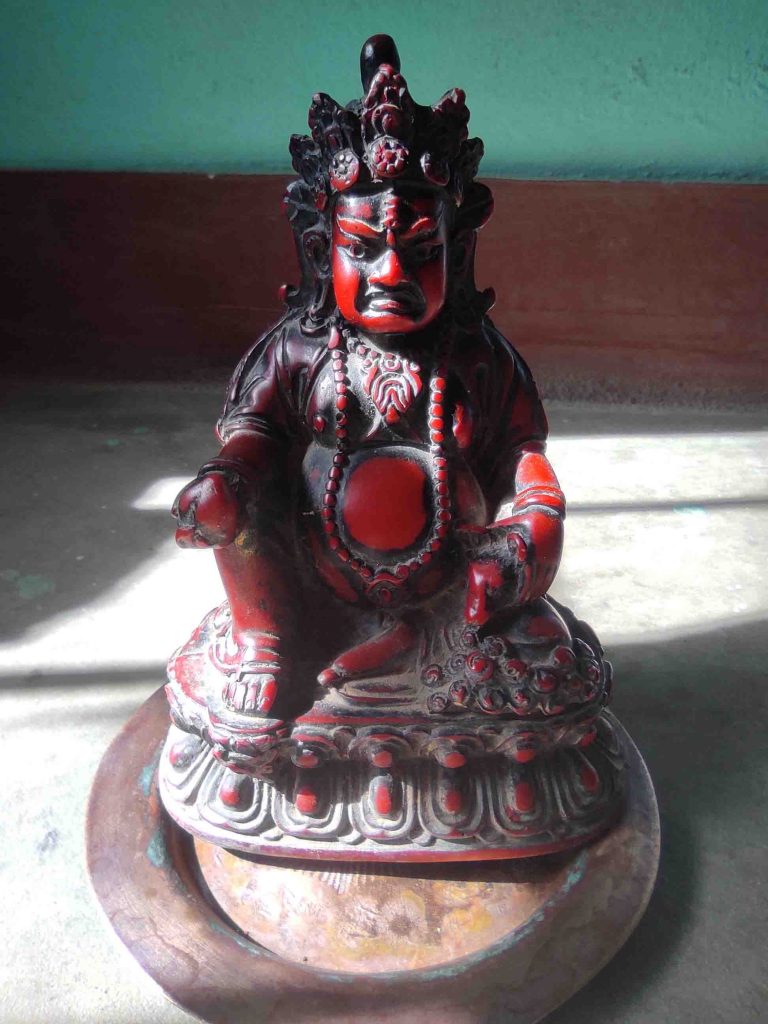
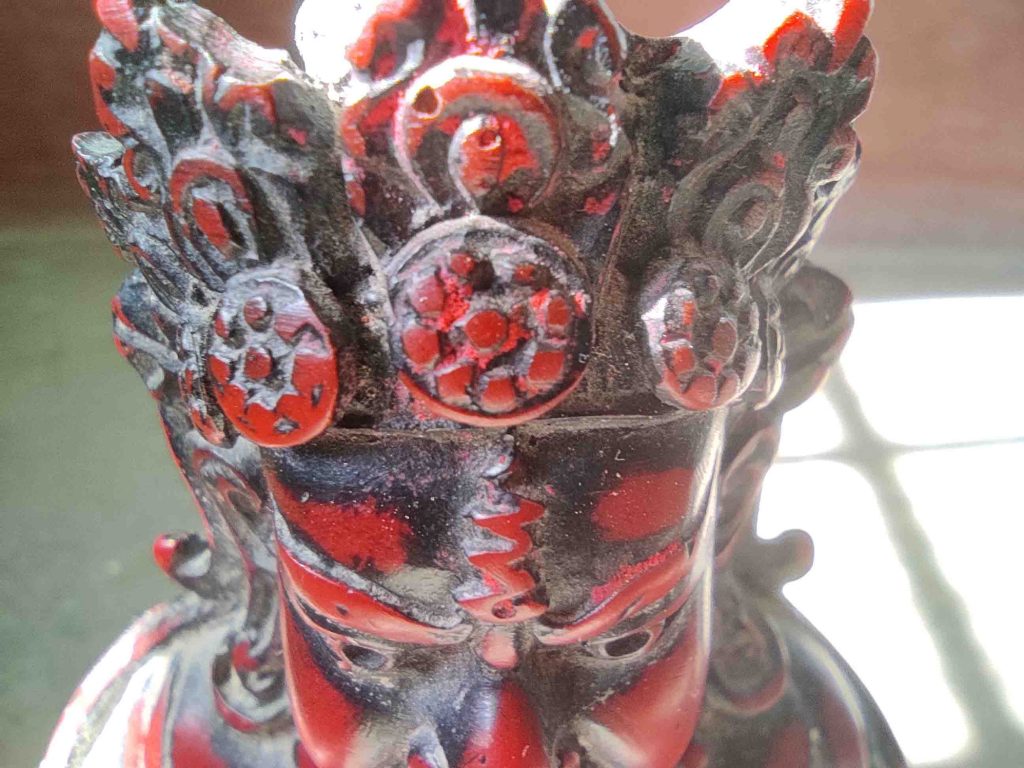
Portait Samples:



At night time, the pictures taken from the main sensor are decent enough but as it gets darker the noise overshadows everything. That’s when the quick 2-second night mode comes into play and the difference is huge with much-balanced exposure, more detailed shadows, and restored highlights. You will get even better night mode pictures if you can use the Pro mode. In the case of ultra-wide, the night time pictures are barely usable and there is no night mode support for it in the default app.
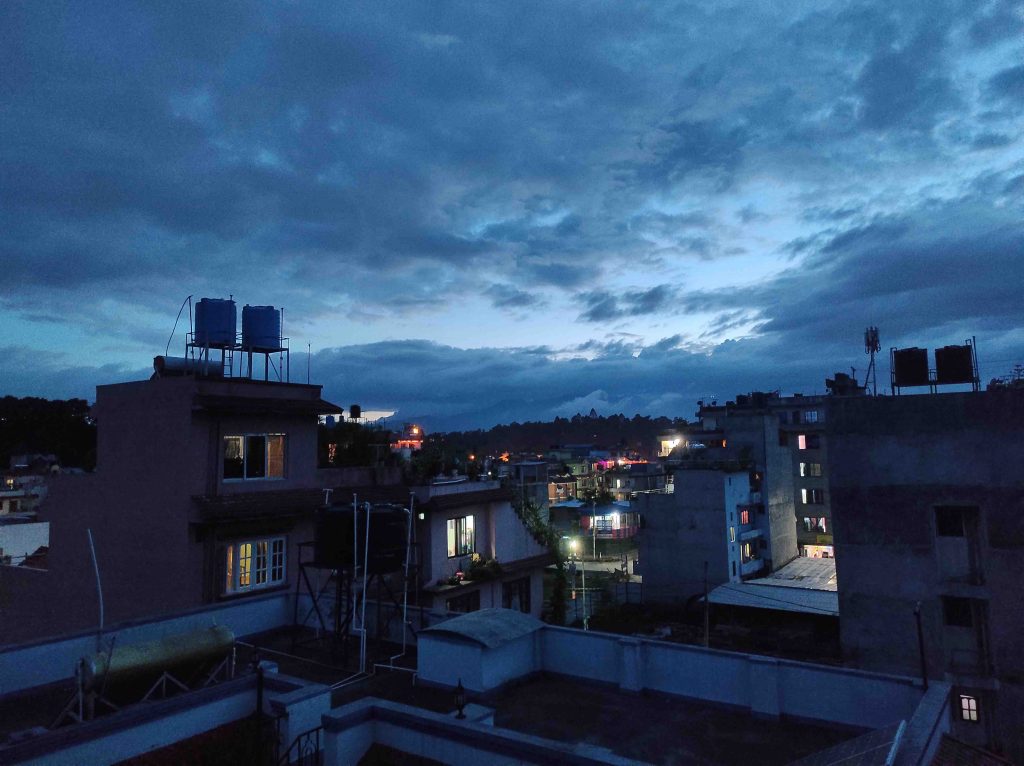
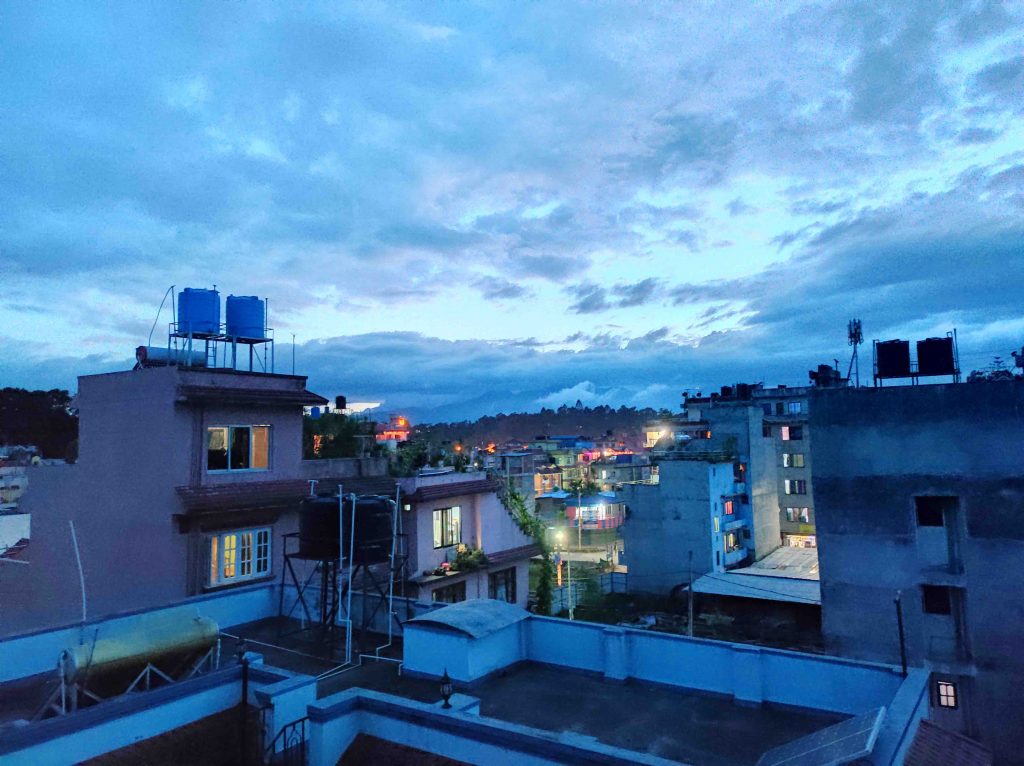
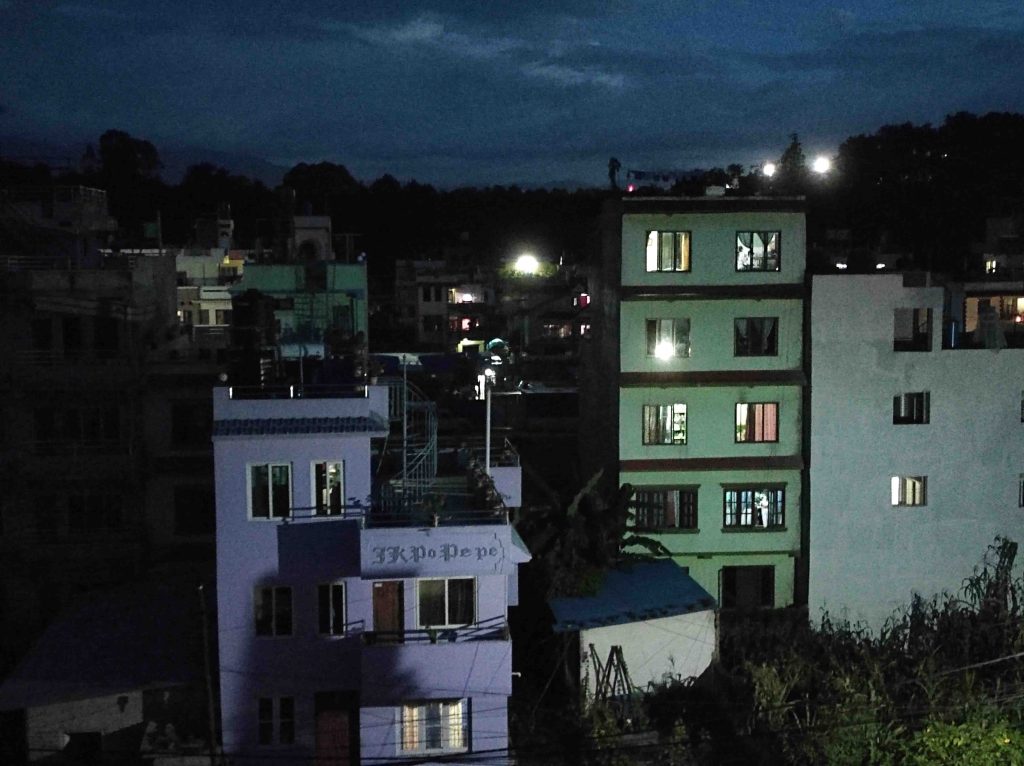
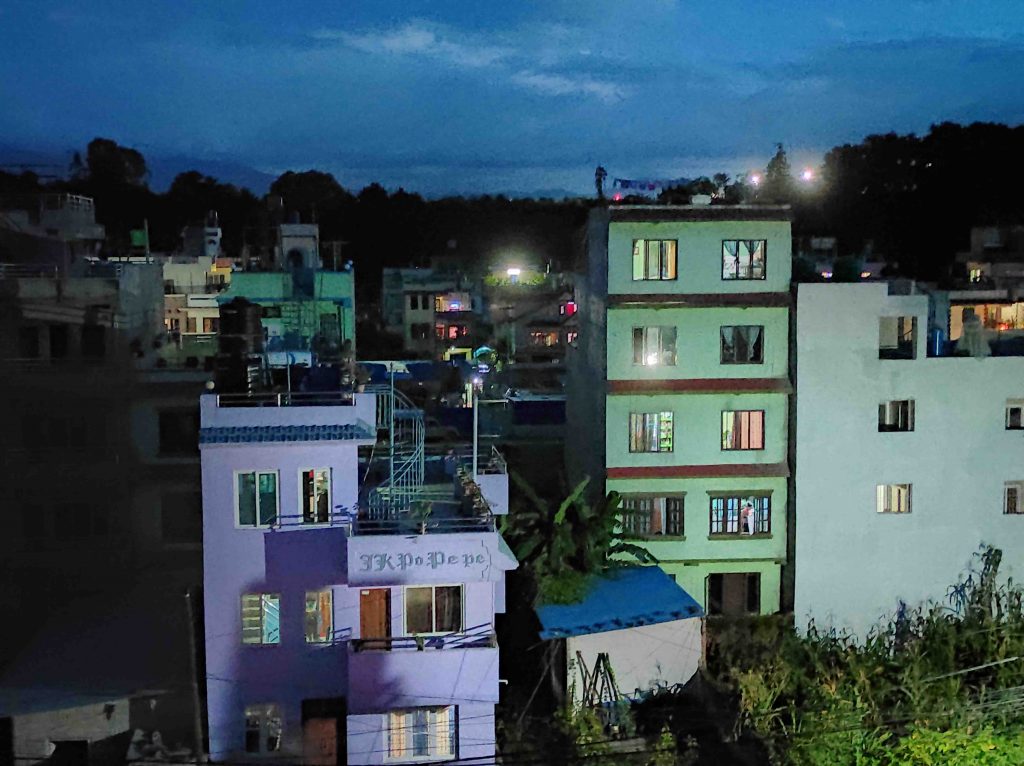
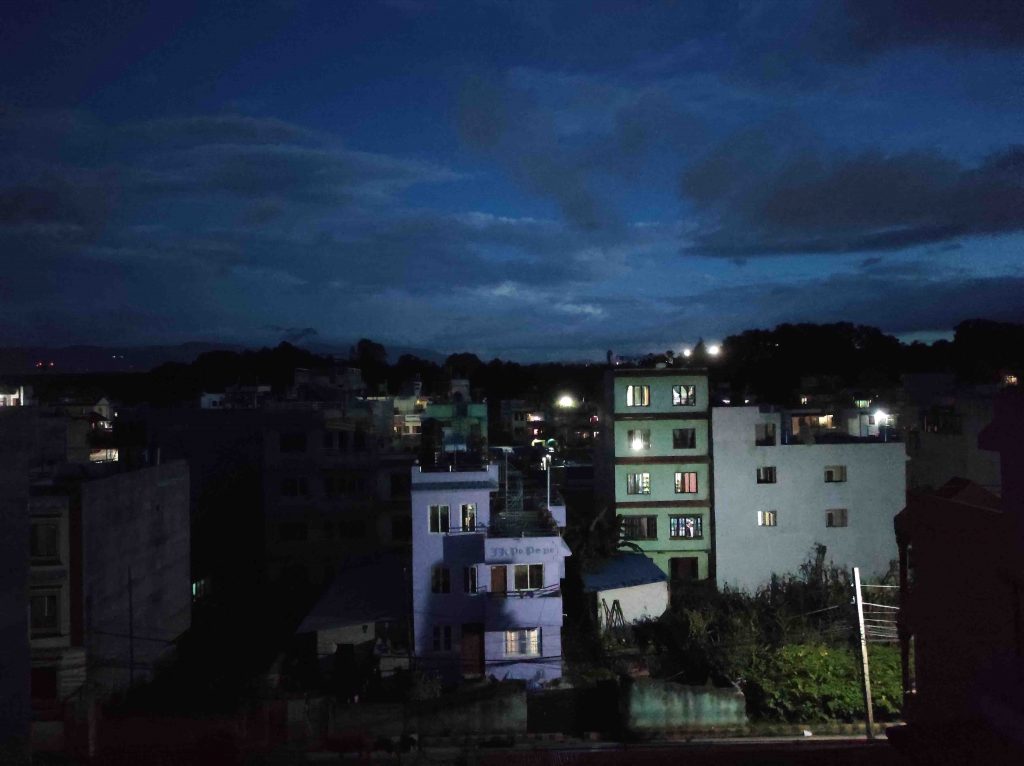

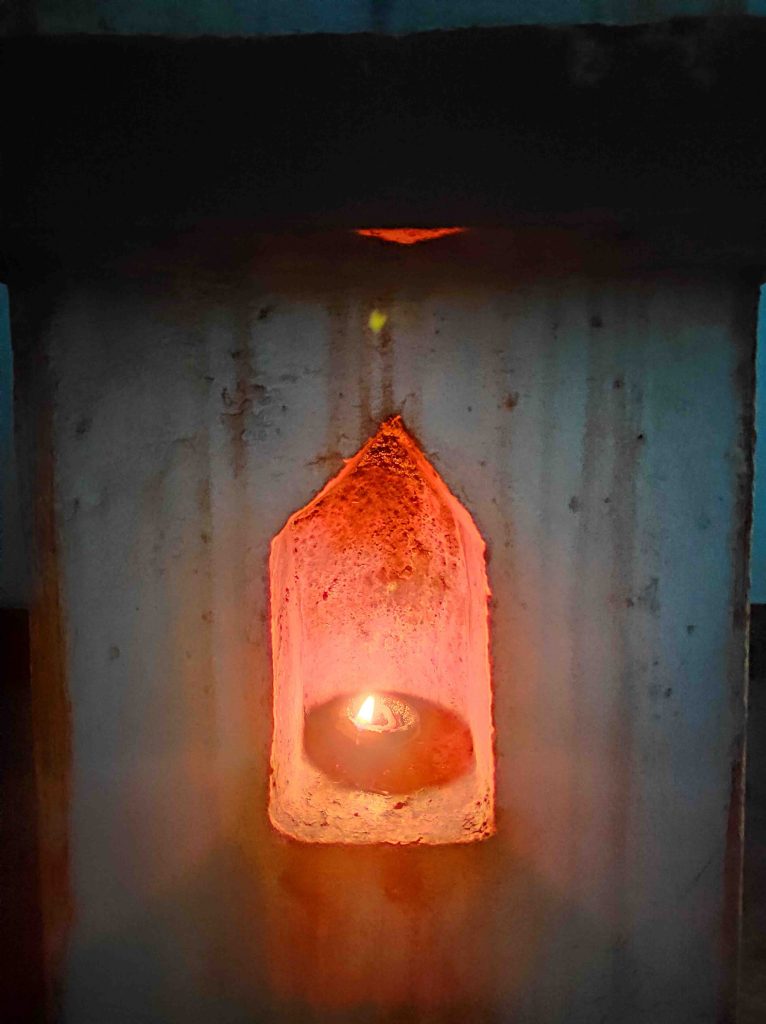
The 32MP selfie sensor is pretty good in proper lighting and HDR works great when needed. The selfie portraits have decent subject isolation and blur.


For video recording, the phone supports up to 4K@30fps from the main sensor along with 1080p@30fps and 1080@60fps. The ultrawide and macro sensors only support 1080p@30fps. The bitrate (quality determiner) in 4K videos is 40-42Mbps whereas about 20Mbps in 1080p videos. So, the 4K video should have more detail but it is not the case here. The detail is as average as 1080p videos but the quality seems to be better overall due to several other factors such as colors, contrast, and dynamic range and almost no noise.
The 1080p videos at 60fps are less detailed than 30fps as they both have the same bitrate but they both look pretty good under normal observation. You can also shoot 2x zoomed videos at 1080p. The 1080p video from the ultrawide camera has slight jitters due to the software trying to correct distortions but overall, the quality is acceptable in good lighting. EIS is only available on 1080@30fps which slightly improves stabilization on the main and ultra-wide but the video is still shaky.
So, I highly recommend you to get a gimbal or at least a tripod and steady hands while filming. The main sensor also supports slow-motion videos of 720p@960fps or 1080p@120/240fps.
Nighttime videos are a complete disaster from the ultra-wide and macro sensor because even the main sensor struggles to maintain proper quality. It is as expected for a phone of this price range as even the flagship smartphones don’t result in good quality videos in low-light.
Extra Info: I am sure there are some GCAM (Google Camera) ports for this phone which support night mode for the ultra-wide sensor as well. In short, if you find a good GCAM port the pictures will come out much better than the pictures taken by the default camera app.
Battery
With a bigger battery of 5020 mAh as compared to its predecessor and combined with the power-efficient 8nm architecture of the 720G, the battery backup is pretty good here. In our video loop test of streaming HD content with earphones plugged in at 50% volume, the battery lasted around 17 hours and 20 minutes. Continuous PUBG mobile gaming at high settings and full brightness lasted around 5 hours but you will experience lag and frame drops below 30% battery. What’s more impressive than these numbers is the fast-charging here. The 33W-fast charger provided in the box can juice up this phone from 0% to 80% in 30 minutes. You can see the battery percentage numbers on the right side of the decimal point rising when you plug in the charger.
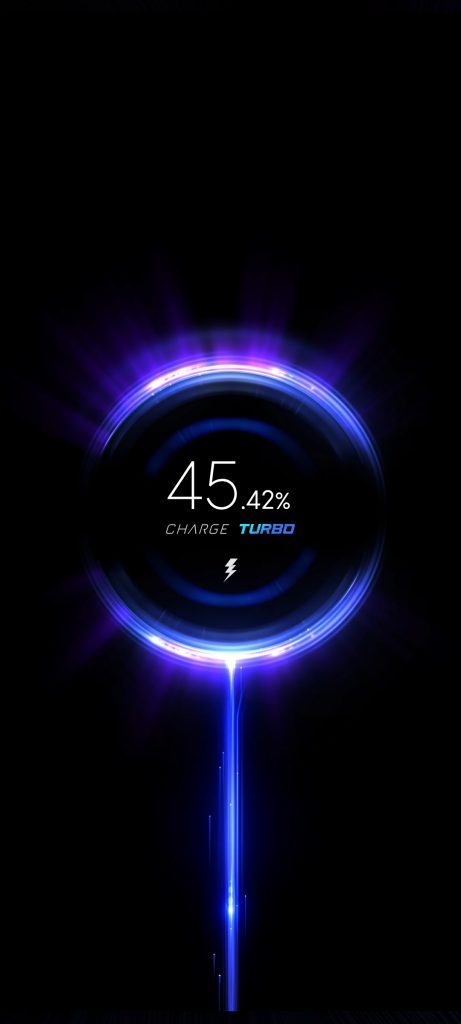
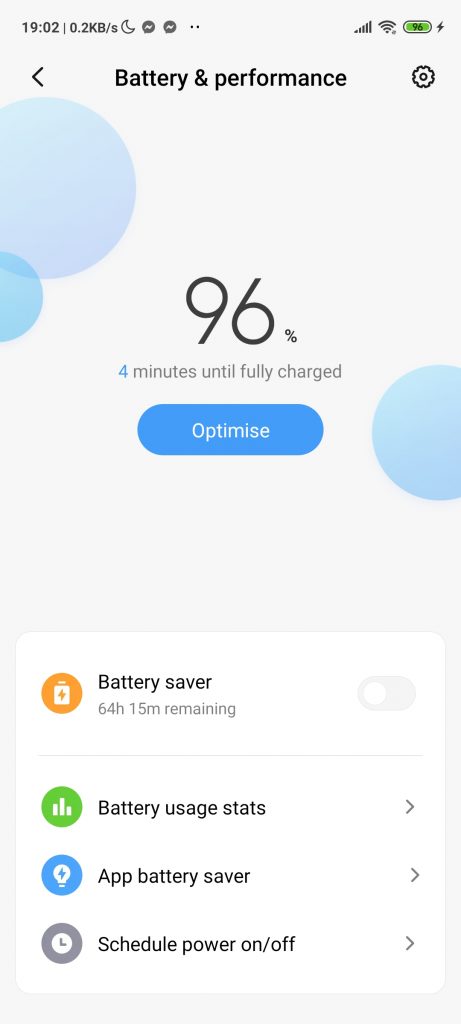
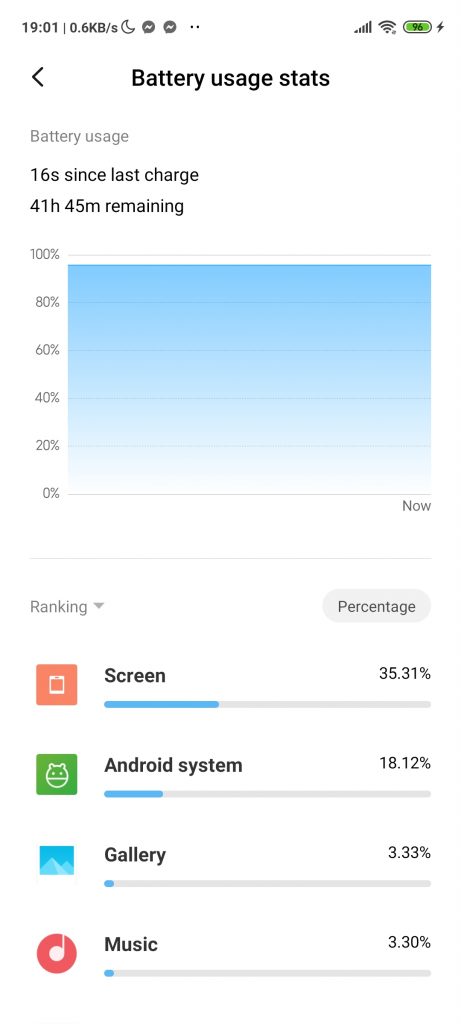
Verdict
Finally, at this price range, only the Realme 6 Pro can go head-to-head with the Redmi Note 9 Pro Max. With a minimalist design, a gaming processor, a great battery backup, and a versatile camera system, one cannot go wrong while purchasing this device. If not having a higher refresh rate and AMOLED panel is not a deal-breaker for you, I highly recommend this device to everyone looking for a mid-ranger in the market.


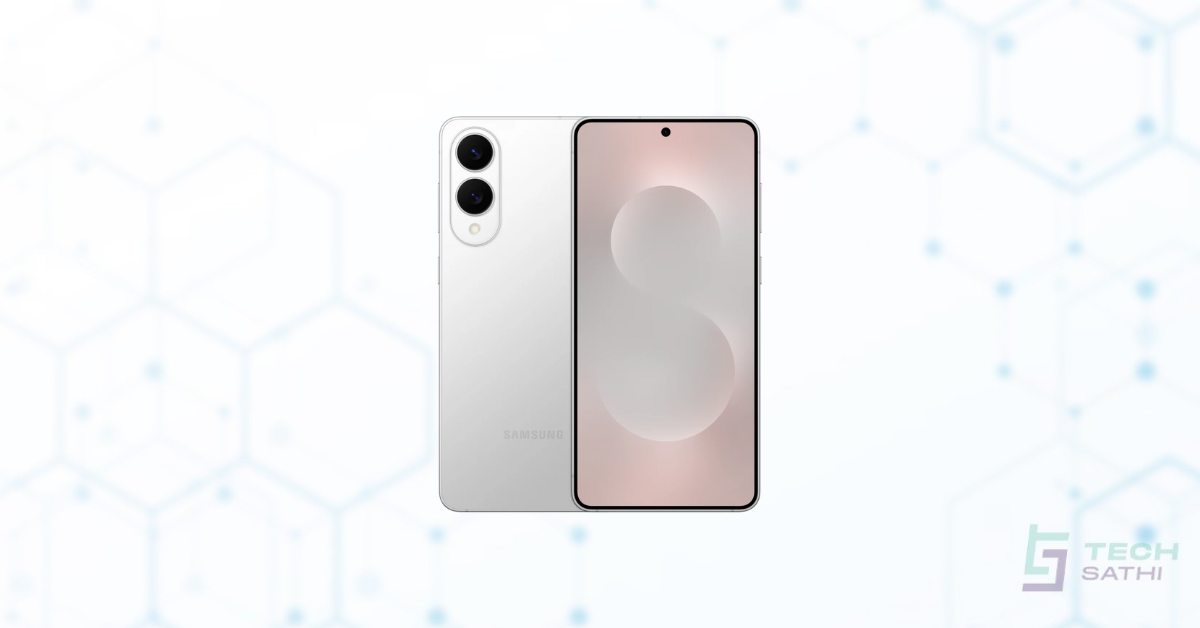
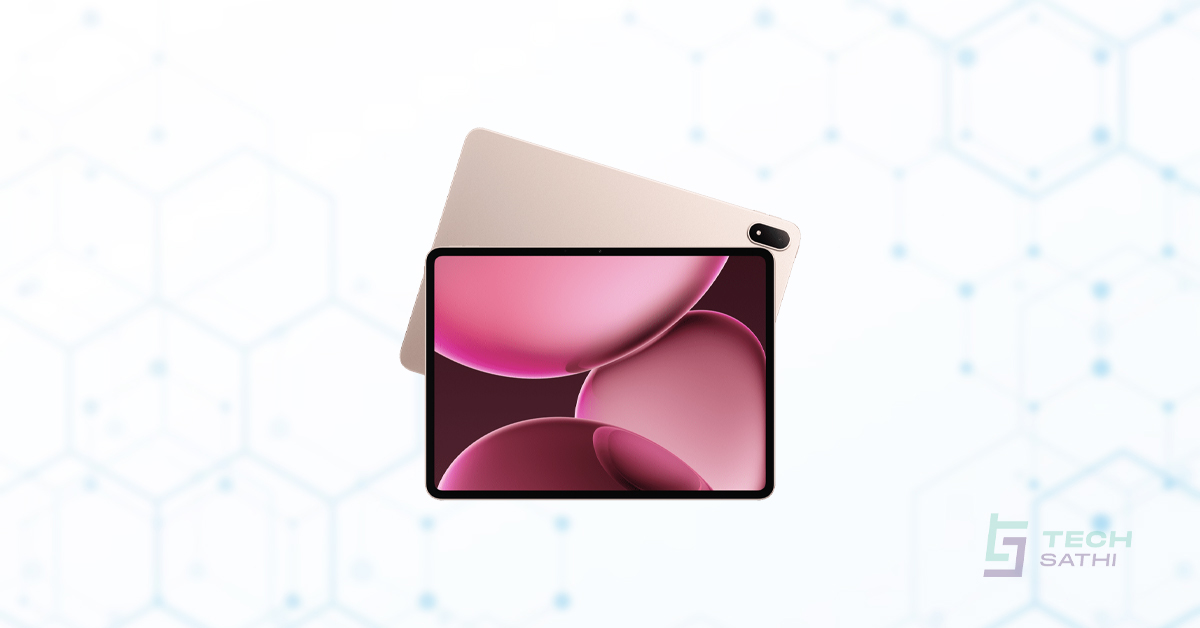
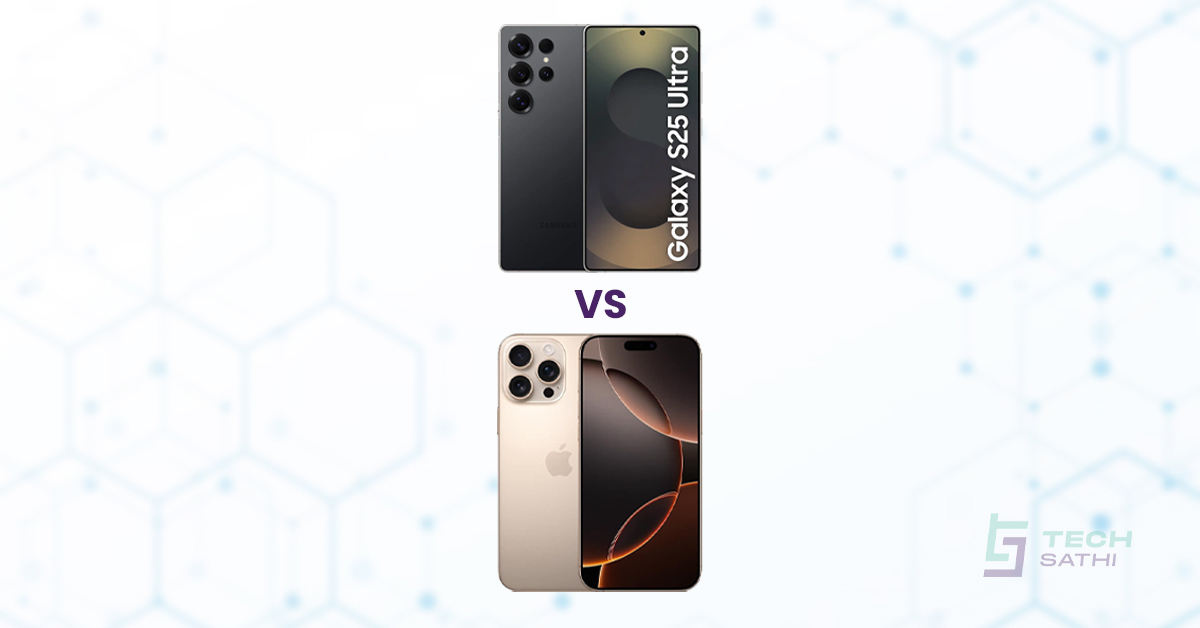
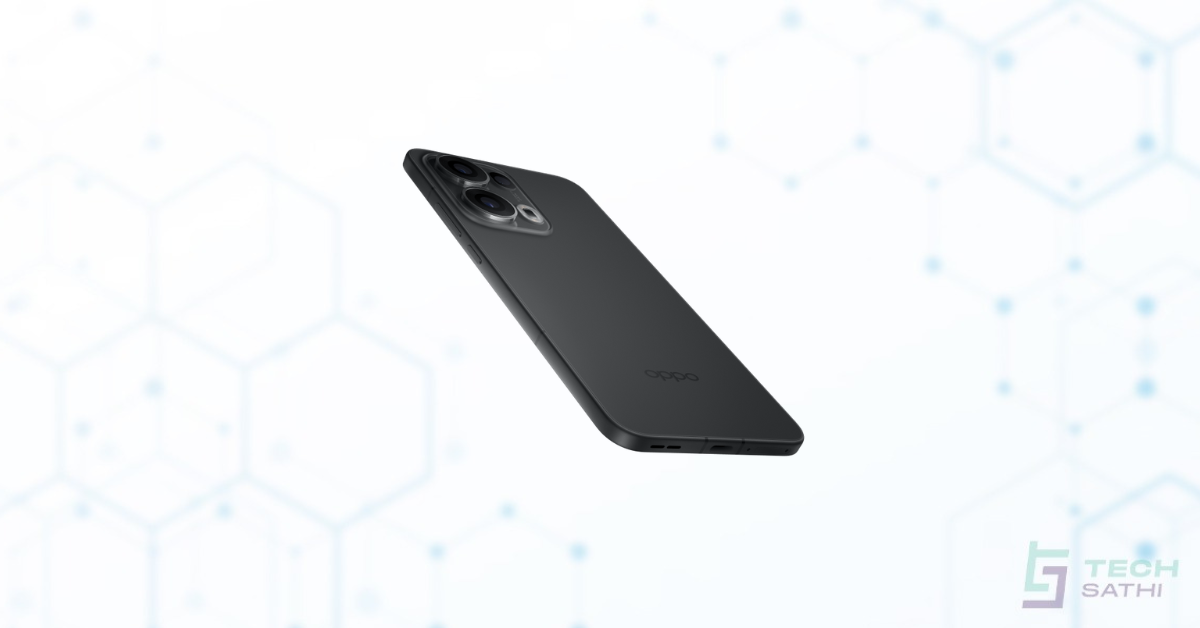
2 Comments
In many Indian news portal, lot are complaining about the dust issue in camera module, being it’s camera room not airtight. Do you have any idea about this?
https://tech.hindustantimes.com/mobile/news/redmi-note-9-redmi-note-9-pro-may-have-a-dust-problem-71598237389002.html
Sir….i want it……